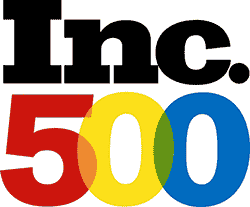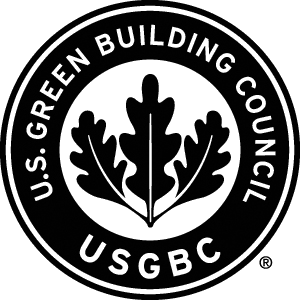Editor’s Note: This entry has been cross-posted from .
We commonly think that the sun provides free energy. That’s true, but photovoltaic panels and other equipment to harvest that energy aren’t free. The question is: how are they paid for?
U.S. residential and commercial solar system customers have historically paid the old-fashioned way: with cash. But the large upfront cash requirements can place solar energy systems out of reach for many utility customers. Financial markets are responding and increasingly providing solar customers with new options. Purchases can be rolled into mortgage refinances, and consumers can opt to lease solar equipment just as they can lease a car. Others are choosing power purchase agreements, in which homeowners host equipment on their roof or property. In these agreements, homeowners neither buy nor lease the equipment; instead they agree to purchase the power produced.
The growing list of financing options is exciting, but we don’t know much about what type of financing consumers are choosing, how often and with what results.

Solar energy isn’t free. Someone has to pay. The question is: How are they doing it? Photo courtesy of the
The two most robust data resources—the database and a survey conducted by the Solar Electric Power Association — provide interesting, though limited, insight. California’s extensive database indicates that third-party financing is on the rise for smaller-scale systems of 10 kW or less. However, trends in California may not mirror the rest of the country.
The survey provides more geographically diverse data. In 2007 and 2008, the association asked 600 people in six states how they paid for their residential solar systems. All respondents offset some costs with a utility- or state-sponsored incentive program. For the balance, two-thirds used cash payment, and another 21 percent chose a home equity loan. The remainder utilized mortgage refinancing (8 percent) or other loans (2 percent). However, conditions in the solar and financial markets were very different than today. Now home equity loans are more difficult to obtain, and leases and power purchase agreements, which were just being introduced into the residential market in 2008, are more popular.
So for now, the question remains: How are homeowners and businesses paying for solar energy systems? The answer is important. Knowing what works can help the industry and financial markets promote promising financing mechanisms. Additionally, understanding the financing structures available to homes and businesses will help quantify the true costs of installing solar equipment and help identify ways to cut that cost.
Solar energy still won’t be free, but we can make it more affordable and more accessible.
David Feldman is an energy analyst at the Department of Energy’s National Renewable Energy Laboratory. To read David’s more detailed examination of this topic, see the .
UPDATE: Looking for more solar data? Check out the . State Government and the .
 …
…


